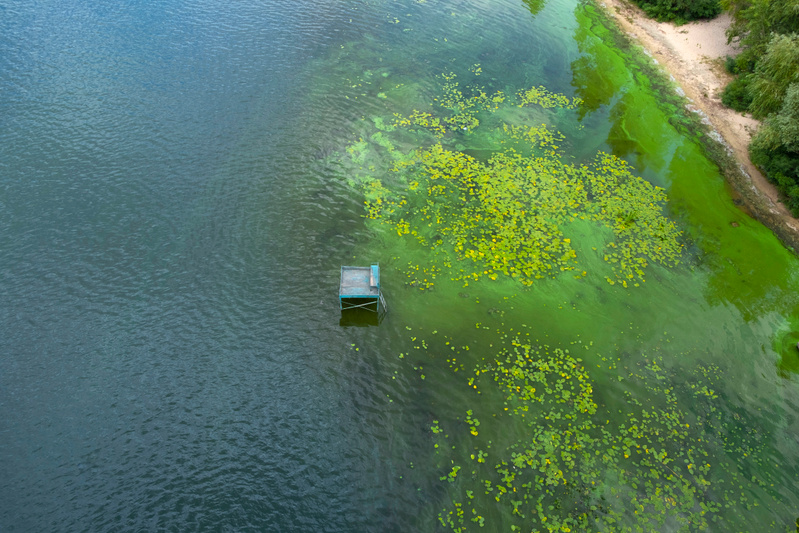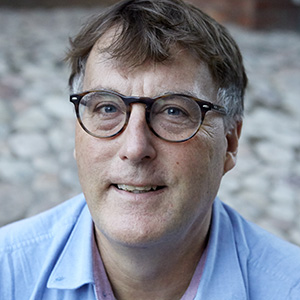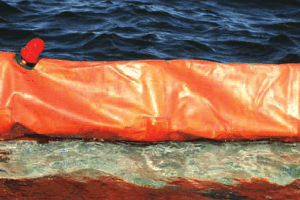New method against summer plague

A new method to combat algal bloom has been developed at KTH and will be tested this summer in the waters off Klintehamn and Tofta on Gotland.
"We will trawl up accumulations of cyanobacteria and hope to be able to sanitize algae to protect sensitive areas and beaches so that people can swim and the Baltic Sea can do better," says Fredrik Gröndahl, a researcher and Associate Professor of Industrial Ecology at KTH.
When the water reaches a decent temperature of up to 20 degrees for swimmers in the summer time, the algal bloom arrive and cyanobacteria settle like a thick blanket on the surface. And every summer, there are warnings about ingesting the water with blue-green cyanobacteria that can make both humans and animals sick.

"This is a method that can really benefit society if it works," Gröndahl says, explaining how the clean-up will be carried out:
The greenish sludge is captured with the help of bilges, which are also used in oil spill clean-up, and which are trawled over the water surface. The bilges are covered with a fine-mesh cloth, known as wire mesh, which is used in the wood industry to trap the cyanobacteria.
“Otherwise they are just whisked away to the side, and are still around. “
Can become biofuel
Another part of the algae remediation project is to collect the algae and analyze them to see how they could be reused as biofuel, for example.
"The cyanobacteria contain valuable things," Gröndahl says, "and we will also try to utilize them in the project.
A third part of the work is to send underwater robots built at KTH under the algae cover to see what life looks like and how the Baltic Sea is doing underneith the surface.

If successful, the method could have major consequences around the world, as algal bloom is a major problem in many countries, affecting water quality and bathers.
“The bottom of the Baltic Sea has no oxygen. If we can capture biomass, we can help the sea to feel a little better," Gröndahl says.
In your everyday life, you research how to grow and use macroalgae, seaweed, to produce food and energy within the Seafarm project, and you coordinate a research center for the seafood of the future, Blue Food. How did you come up with the idea of algae sanitation?
“It was an idea I had been pondering for a while. We built the bilges in cooperation with a group of KTH students, and performed a few tests of the method in the Trosa archipelago a number of years ago. The really thick surface accumulations occur further out to sea, and they are difficult to reach from the mainland. If we can also use the biomass for innovative products, we will have transformed an environmental problem into a valuable resource, which in turn may also create new jobs,” Gröndahl says.
Text: Jill Klackenberg
